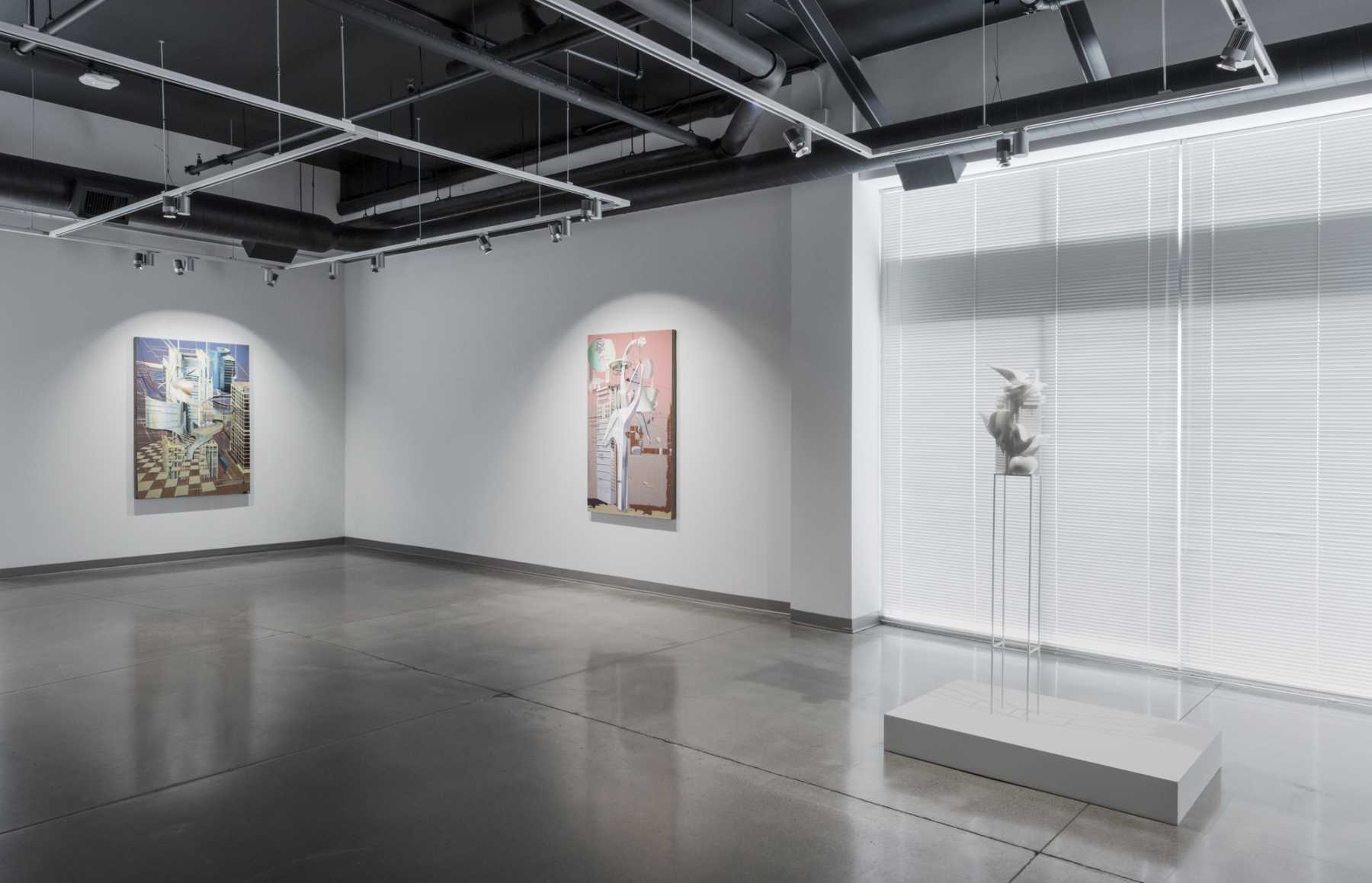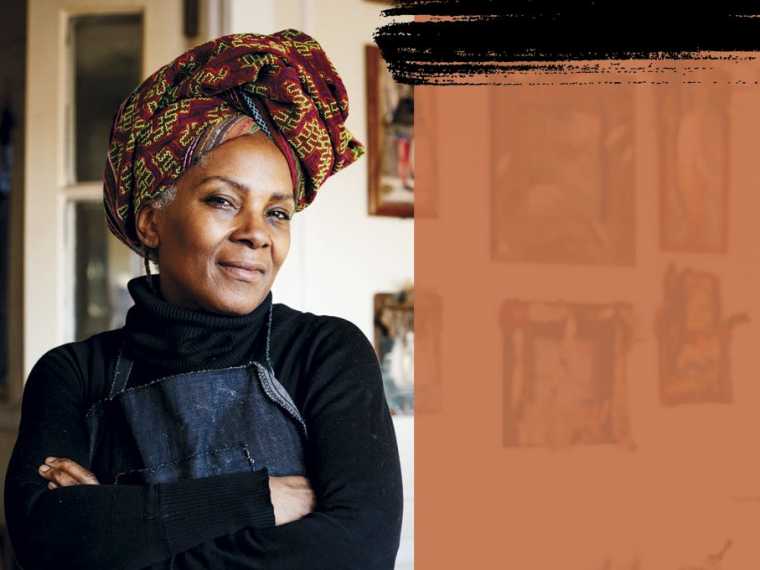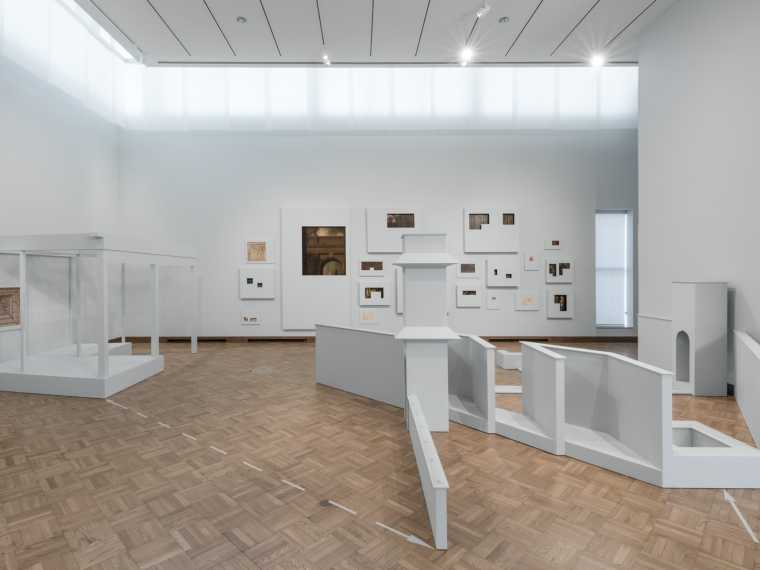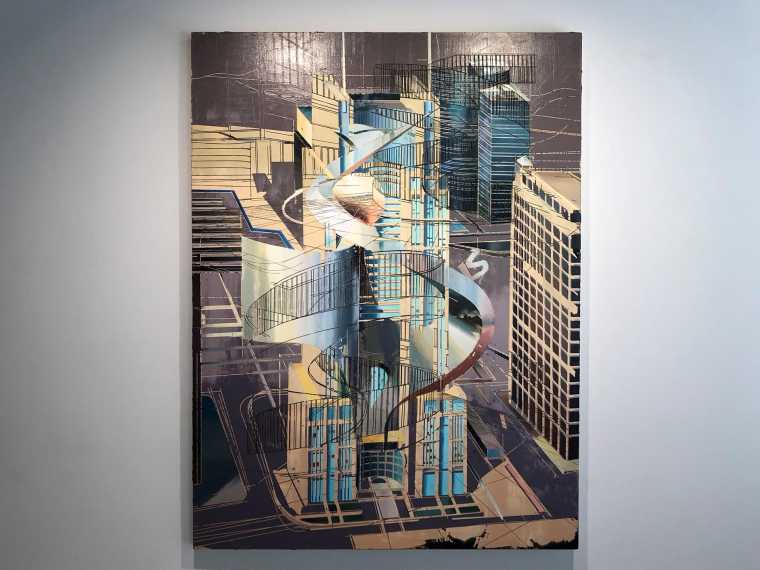Richard D. Baron ’64 Gallery, Oberlin College
65 E. College St. Suite 5
Oberlin, OH 44074
Fri – Sat: 10 – 5, Sun: 1 – 5
Architectural form in the urban setting is Cui’s subject; studying the relationship of the built environment to cultural landmarks allows her to view her surroundings in differential focus, moving from the sweeping gesture to observe detail in her views. Her exhibition comprises paintings, drawings as well as 3-D printed sculptures, which, together welcome the viewer to follow the artist’s analysis of her surroundings. Cui studies not the newest landmark architecture of China’s great cities, but those government buildings of the last generation, built in the 1980s and 90s structures which seem drab and unwieldy, which do not conform to the political vision of modernity signified by the glass towers of contemporary China.
She weaves together architectural quotations from various idealistic architectural styles, the sleek anonymity of the International Style with the incongruous figurative iconography of Socialist worker imagery. Though she models her paintings on existing structures, such as Shanghai Bank Tower, Cui renders her subjects as fantasies. She employs a painterly style and visual grammar that marries her academic study of classical modernism with a dystopian science fiction surrealism. Cui adapts stylistic quotation as conscious appropriation, representations of past systems of idealized thought–the Bauhaus, the state authority of pre-reform China–as a commentary on the fraught position of a culture wrestling with conflicting political aspirations.
Artist Biography
Cui Jie’s (b. 1983 Shanghai, China) painting evolves from her previous expressionist take on absurdities in contemporary China to the mediation between China’s Urbanism and personal aesthetics. Inspired by Orson Welles’ multi-perspective, she applies various layers of images—some realistic, some imaginary—on canvas. Each layer comprises sculptural impastos and is meticulously executed to represent the transformation of China’s Urbanscape through time and politics. Executed with calculated and deadpan brushwork and a warm and affective palette, Cui’s landscapes and interiors make comparative studies of cities as distinctive model/laboratories of China’s open-and-reform, which also visualizes a personal history that is informed by the aesthetic madness in one time and place, for instance, the architectural confusion of Bauhaus, Chinese propaganda, Soviet communist aesthetics. In other words, Cui Jie’s painting is a time capsule that re-imagines the past and the present.
Cui Jie graduated from China Academy of Art. She has been included in Phaidon Press’s publication Vitamin P3 as one of the leading painters. Her works have been also placed into Pompidou Collection. Her works have been included in many exhibitions, among many others, Past Skin, MoMA PS1, New York, 2017; The New Normal: Art and China in 2017, Ullens Center for Contemporary Art, Beijing, 2017; Hack Space, curated by Hans Ulrich Obrist and Amira Gad, chi K11 art museum, Shanghai and K11 Art Foundation, Hong Kong, 2016; A Beautiful Disorder, CASS Sculpture Foundation, Chichester, 2016; My Generation: Young Chinese Artists, touring at Tampa Museum of Art and Oklahoma City Museum of Art, 2014; 1st CAFA•FUTURE: Sub-Phenomena, curated by Xu Bing and Alexandra Munroe, CAFA Art Museum, Central Academy of Fine Arts, Beijing, 2012; Face, Minsheng Art Museum, Shanghai, 2012; 4th Prague Biennale, 2009.
Recent solo exhibitions include: The Enormous Space, Cui Jie: Maison Fueter,OCAT, Shenzhen,2018; Latter, Former, Mother’s Tank station, Dublin, Ireland, 2016; Cui Jie, Start Gallery, Jaffa, Israel, 2014; Cui Jie: The Proposals For Old and New Urbanism and Cui Jie, both at Leo Xu Projects, Shanghai, 2014 and 2012, among others.



